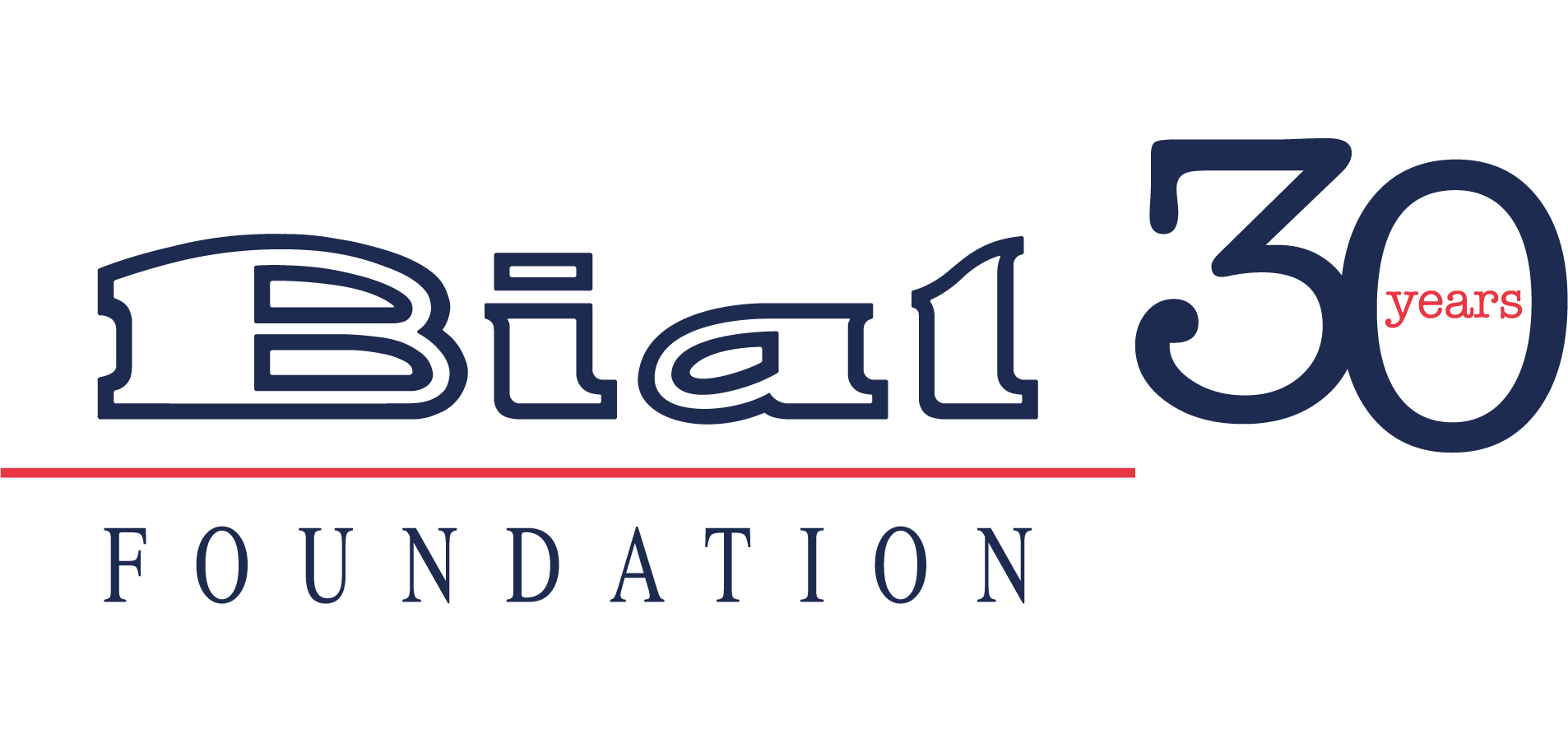São Luís Castro, principal investigator of the research project 304/14 - The impact of music training on reading and mathematical abilities of normal and reading disabled children: a behavioral and neuroimaging longitudinal study, supported by the BIAL Foundation, aimed to study the interplay between rhythm and motor skills in the context of music training, at behavioral and brain levels. In a longitudinal study with children, it was explored whether the ability to perceive or reproduce rhythm (predisposition) modulates the motor improvements associated with music training, and identified brain regions implicated in the putative links between rhythm and motor learning. Fifty-seven 8-year-old children participated in a longitudinal study where they completed rhythm and motor tasks, as well as structural MRI scans before and after a 6-month music training (n= 21) or a sports program (n= 18), or no specific training (passive control group, n = 18). It was found that music training improved motor performance (and also rhythm), and that the magnitude of the improvement depended on the ability to perceive rhythm before training (i.e., better rhythm predisposition, more significant improvements). Music training also induced a loss of gray matter volume in the left cerebellum and fusiform gyrus, and volume loss correlated with higher motor gains. No such effects were found in the sports and control groups. These findings are presented in the paper Individual differences in rhythm perception modulate music‑related motor learning: a neurobehavioral training study with children published in Scientific Reports.
ABSTRACT
Rhythm and motor function are intrinsically linked to each other and to music, but the rhythm-motor interplay during music training, and the corresponding brain mechanisms, are underexplored. In a longitudinal training study with children, we examined the role of rhythm predisposition in the fine motor improvements arising from music training, and which brain regions would be implicated. Fifty-seven 8-year-olds were assigned to either a 6-month music training (n = 21), sports training (n = 18), or a control group (n = 18). They performed rhythm and motor tasks, and structural brain scans before and after training were collected. Better ability to perceive rhythm before training was related to less gray matter volume in regions of the cerebellum, fusiform gyrus, supramarginal gyrus, ventral diencephalon, amygdala, and inferior/middle temporal gyri. Music training improved motor performance, and greater improvements correlated with better pre-training rhythm discrimination. Music training also induced a loss of gray matter volume in the left cerebellum and fusiform gyrus, and volume loss correlated with higher motor gains. No such effects were found in the sports and control groups. In summary, children with finer-tuned rhythm perception abilities were prone to finer motor improvements through music training, and this rhythm-motor link was to some extent subserved by the left cerebellum and fusiform gyrus. These findings have implications for models on music-related plasticity and rhythm cognition, and for programs targeting motor function.



































































